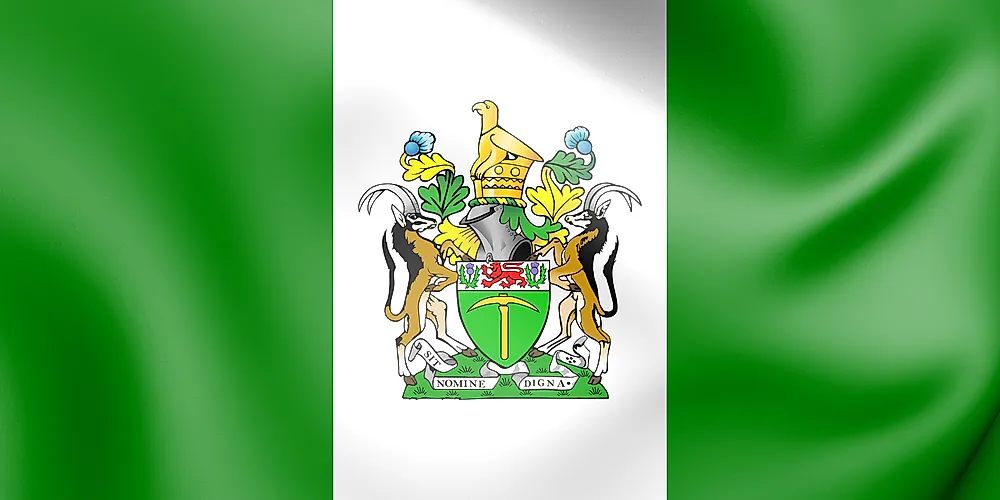Where Was Rhodesia Located?

Rhodesia refers to a territory that was located in South Africa from 1965 to 1979. The inhabitants deemed the territory, which had a similar size to present-day Zimbabwe, as a state although it was not internationally recognized. Before its formation, the region was a British colony known as Southern Rhodesia, which had been self-governing itself since 1923. Rhodesia, which had an area of about 150,800 square miles, was bordered to the south by South Africa, Botswana to the southwest, the northwest by Zambia, while the east was bound by Mozambique. The main reason why the state was formed was the panic that was created by the decolonization of Africa in the earlier stages of the 1960s. In a bid to delay the transition of power to black Africans, the white leaders of Rhodesia declared its independence from the UK on November 11, 1965.
History
Following the withdrawal of the British from South Africa, power in the country was supposed to be handed back to black residents. However, circumstances had forced the territory of Rhodesia to govern itself outside the direct influence of the British government. Consequently, the region decided to stay on in Africa even after the British decided to leave by declaring a unilateral declaration of independence (UDI), which stated that Rhodesia had cut off ties with the British government. However, attempts by Rhodesia to be recognized internationally as an independent state did not yield desired results because powerful nations such as the UK and the US refused to recognize its legality. Even their sympathetic neighbor, South Africa, failed to recognize Rhodesia as a sovereign state. Eventually, the territory voted to completely cut off all ties with the British in 1969 and established itself as a republic later on.
The Bush War
The Bush War refers to a struggle between black activists and their supporters who were fighting for the removal of the white leadership minority. Also known as the Zimbabwe Liberation Struggle or the Second Chimurenga, the struggle began in the early 1960s and ended in the later years of the 1970s. Activists such as Ndabaningi Sithole and Joshua Nkomo led the struggle, which eventually led to the establishment of the Republic of Zimbabwe. In April 1979, under an Internal Settlement between the whites and the blacks, elections were held and Bishop Abel Muzorewa became the first black Prime Minister of the country. The Internal Settlement was, at its core, a power-sharing deal between the white and the black population. Eventually, on April 18, 1980, the country became an internationally recognized republic with Robert Mugabe as the first president of the republic.
Economy
The major sector was agriculture, which produced products such as tobacco and chrome. After the 1930s recession, there was a large number of white populations who migrated to the region. The whites ended up transforming the region into an economic powerhouse, which had industries of things such as steel and iron as well as modern mining techniques. In fact, the economy was so strong that it was able to sustain plenty of economic sanctions for at least a decade after the UDI.











